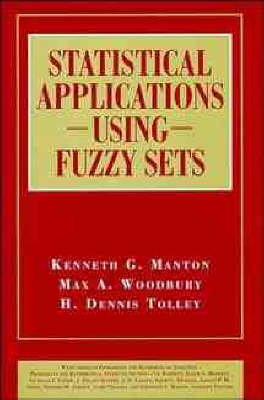Wiley Series in Probability & Mathematical Statistics
2 total works
Synchronization and Linearity
by Francois Baccelli, etc., J.P. Quadrat, G. Cohen, and J. Olsder
Published 28 August 1992
This text presents new modelling and analysis techniques for the description of discrete event dynamic systems, emphasizing timing and synchronization aspects. The volume begins with a study of the areas of applications and relationships between graph theory, petri nets and algebras. It then goes on to discuss deterministic discrete event systems, stochastic discrete event systems and open problems. This class of synchronized system finds its main current industrial applications in the modelling, optimization and control of communications networks and architectures, as well as manufacturing systems.
Statistical Applications Using Fuzzy Sets
by Kenneth G. Manton, etc., Max A. Woodbury, and H.D. Tolley
Published 27 April 1994
Statistical models used in the analysis of high dimension discrete response data have classically been based on the concept of "crisp" sets (sets where all objects are exclusively assigned to one analytical category). Fuzzy set logic assumes that the state of nature is such that objects may have partial membership in two or more sets. A series of fuzzy partition models appropriate to different observational models are presented within this book.

